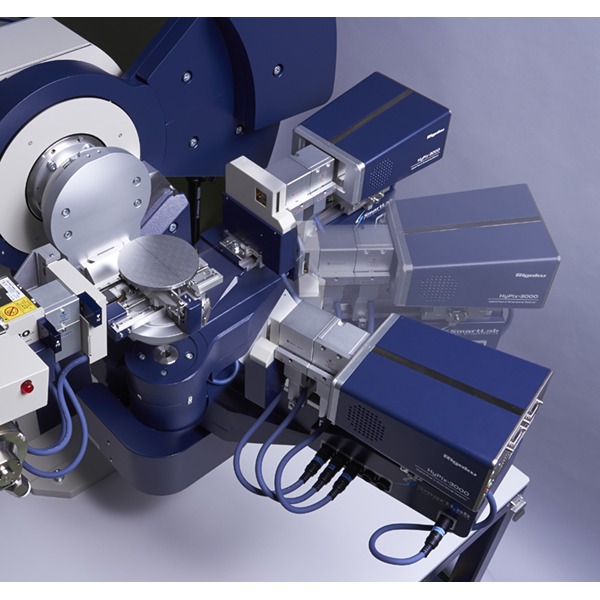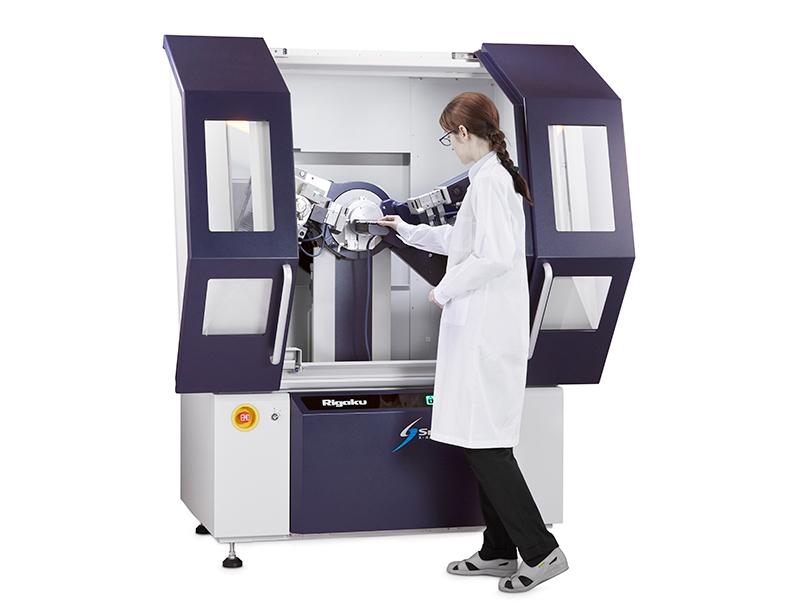If we all had the money, resources and space for the ultimate diffractometer for materials analysis, we’d all get a synchrotron. The hard reality is, this is simply not the feasible. While a synchrotron facility does exist in Australia, accessing it is not always convenient or possible for reasons including timing, logistics, cost and availability.
In the following sections, we will discuss the best lab-based alternative, a high-flux X-ray diffractometer. The technology has been proven over many years and has been continuously refined. There are now many hundreds of installations that have contributed to cutting edge research, including the likes of Prof. Amano from Nagoya University, a Rigaku SmartLab user. He won the Nobel Prize for Physics for his contributions to the development of the blue LED, without which, white LEDs would not exist.
Rotating Anode X-ray Sources
Outside of a synchroton, rotating anode X-ray generators are responsible for producing the highest X-ray fluxes. Rotating anode technology was first commercially introduced in the 1970s. Rigaku are the world leaders in rotating anode technology with patents in place to protect their technological advantages in unique systems like the SmartLab. Rigaku rotating anode generators are the most powerful on the market, but also the most reliable (ensuring optimum beamtime) and the longest lifetime. It is not uncommon for these generators to function for two or three decades. As a result, Rigaku have installed thousands of rotating anodes around the world.
These systems provide the number of photons required to analyse and characterise the most challenging materials.
Rotating Anodes Sources for Powder and Thin Film XRD
These provide significantly more power than conventional sealed tube X-ray generators. By way of comparison, we look at the X-ray flux output of rotating anodes and sealed tube XRDs.
Rotating Anode X-Ray Source
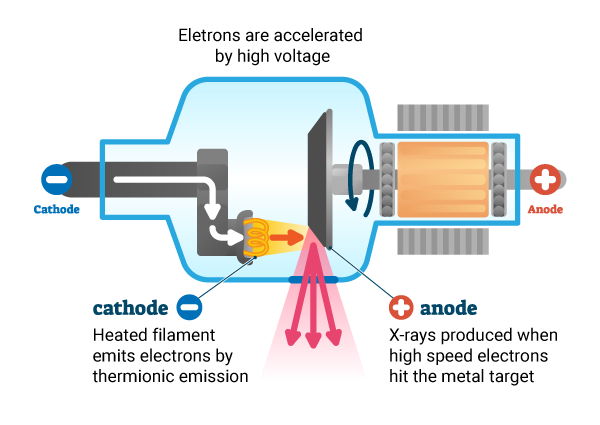
X-ray generator rated to 9kW
Rotating anode rated to 9kW
Actual operating power (45kV/200mA) = 9kW
5.6x greater X-ray flux compared to sealed tube
Sealed Tube X-Ray Source
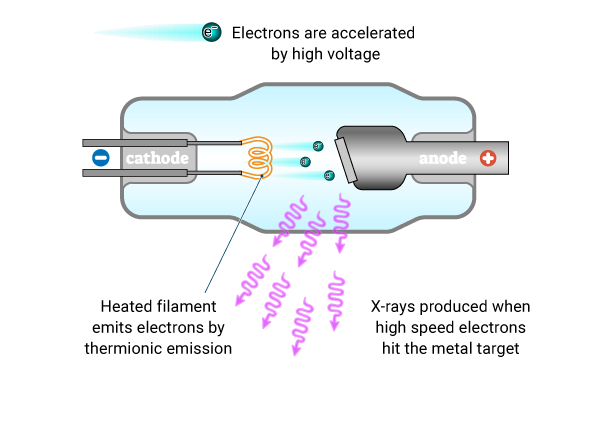
X-ray generator rated to 3kW
Sealed tube rated 2.2kW
Actual operating power (40kV/40mA) = 1.6kW
High flux rotating anode XRDs allow you to see the finest details in fastest timeframes, allowing you to maximise your throughput rates. Furthermore, the high flux offers you the best chance of detecting trace phases which could be the difference between success and failure.
With a lifetime of 20 years plus, a high-flux diffractometer offers the most futureproof system, being able to cater for the largest range of potential sample types and measurement modes. A recent re-design of the PhotonMax rotating anode source has increased its lifespan by more than three times compared to the previous design, making it an even more attractive proposition than before.
Power Density
Having a high-power X-ray generator is a mandatory starting point. But optics, used to gather and focus X-ray photons onto the crystal and monochromatize the beam (Kβ is essentially filtered out), are as important. Rigaku also has a long history of success with graded, multi-layered optics and switchable switchable Cross Beam Optics (CBO) specifically designed for each type of diffractometer and each wavelength ensuring a maximum number of photons is being focussed onto the region of interest.
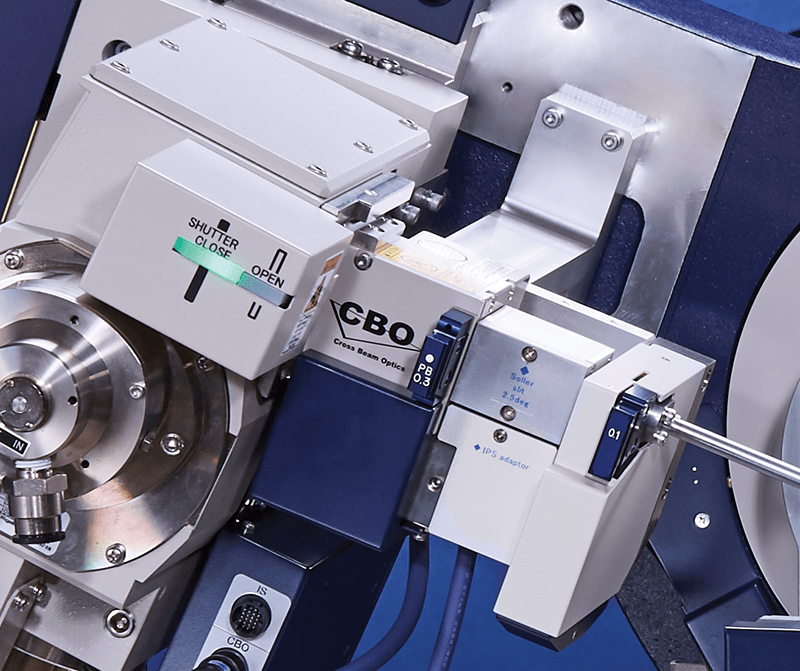
Detectors for High Flux Diffractometers
The other key component of diffractometers is the detector. The ideal detectors for use with high-flux X-ray sources are HPC (Hybrid Photon Counting) detectors. HPC detectors are next generation semiconductor detectors that directly measure every photon generated by your samples while generating no electronic noise. They also enable collection of far more detailed information compared to more conventional 1D devices, providing ultimate speed and accuracy.
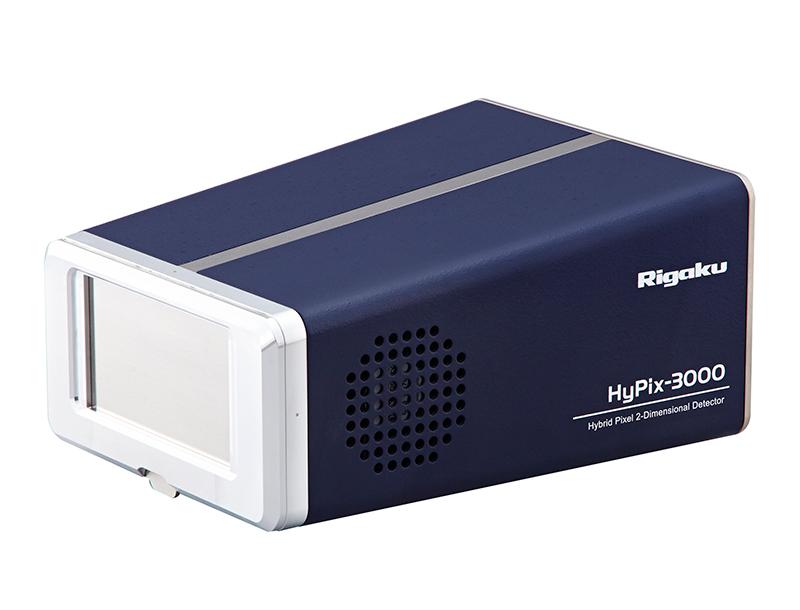
HPC detectors directly convert every single photon into an electric charge, unlike other detector technologies that need to convert X-ray photons into visible-light photons first and then transfer those visible photons to the electronics via fiber optics where they are transformed into an electrical signal. The simpler, more direct process in HPC detectors allows for each incoming X-ray photon to be counted immediately in true ‘shutterless’ mode. In turn, data loss is minimised, electronic noise is avoided, and signal-to-noise statistics are dramatically improved.
Another important aspect that contributes to their high performance is the fact that each pixel of a HPC detector has its own individual reading channel. This prevents any possible charge sharing between adjacent pixels, creating a top-hat, single pixel Point-Spread-Function. This results in greatly improved resolution of reflections (single crystal) or Debye-Sherrer rings (powder) , further improving signal-to-noise statistics and allowing for the detector to be placed very close to the sample for shorter data collection experiments.
HPC detectors are also an attractive option as they work in ambient conditions, i.e. there is no need to cool the electronic components to low temperature or place them in vacuum.
For powder and thin films, the HyPix-3000 is the detector of choice and the perfect partner for the 9kW SmartLab providing high count rates, high resolution and the ability to measure in 2D mode.
Learn more about HPC detectors.
Benefits of High-Flux X-ray Diffraction Studies
- Faster, accurate, high quality data collection – In conjunction with high-speed, high accuracy goniometers and HPC detectors, the higher flux X-ray source allows you to collect data faster
- Higher throughput – Faster scans leads to higher sample throughput rates
- More easily detect trace phases – With higher count rates, trace phases become easier to discern
- Maximise synchrotron time – By using your high-flux diffractometer, you can better screen samples that need to be analysed at the synchrotron
- Proven Reliable technology
Rotating Anode Powered X-Ray Diffractometers
The Rigaku SmartLab is in a class of it’s own. As the most powerful XRD on the market it offers unparalleled degrees of flexibility and versatility. When partnered with other optical components such as CBO Optics and the HyPix 3000 HPC detector, you have the next best XRD to a synchrotron, with the advantage that you can have one in your own lab! It can also be specified with the unique in-plane arm that makes it the perfect system for characterising thin films.
